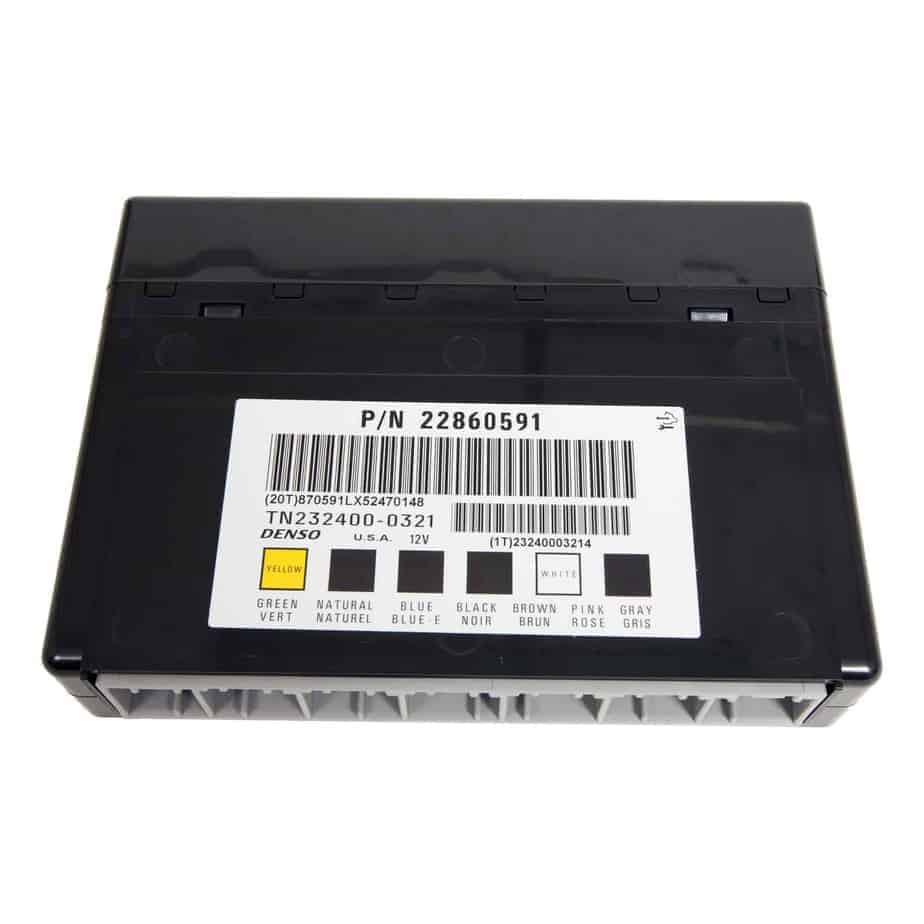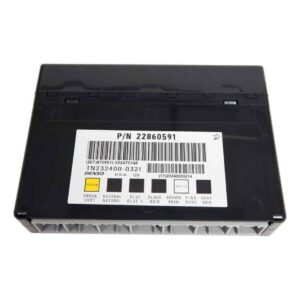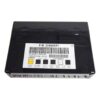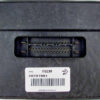Restore Full Functionality to Your GM Vehicle
Are you battling frustrating electrical gremlins in your 2010 Chevy Tahoe? Issues like flickering interior lights, unresponsive power windows or door locks, a malfunctioning security system, or even a no-start condition can often be traced back to a single component: a failing Body Control Module (BCM). As the central nervous system for your vehicle’s comfort and convenience features, a faulty BCM can wreak havoc, making your daily drive unreliable. Over my 20+ years in automotive diagnostics, I’ve seen how a bad BCM can mimic a dozen other problems, leading to expensive and unnecessary repairs. This isn’t just an inconvenience; it’s a matter of safety and reliability.
This isn’t just a replacement part; it’s a complete, hassle-free solution. We offer a professional BCM Cloning Service. Simply send us your vehicle’s original BCM, and we will transfer all of its critical data—including your Vehicle Identification Number (VIN), key programming, and specific options—to this replacement unit. The result is a true plug-and-play module, eliminating the need for a costly trip to the dealership for programming. We handle the technical work so you can get back on the road with confidence.
A Technician’s Notebook: The Tahoe with a Mind of Its Own
A customer brought in their 2010 Tahoe last month with a list of bizarre symptoms. The radio would turn on and off randomly, the dome lights would stay on, and occasionally the truck would refuse to crank, showing a “Service Theft Deterrent System” message. They had already replaced the battery and checked the alternator. After hooking up my scan tool, I found several communication error codes, specifically a U0140 – Lost Communication with Body Control Module. This pointed directly to the BCM. Instead of a complex dealer re-flash, we used a cloned module. The customer sent us their original BCM, we performed the cloning service, and sent both units back. They installed the new one in under 30 minutes, and every single electrical issue was resolved. It’s a textbook example of how a cloned 2010 Tahoe BCM provides a fast, effective, and permanent fix.
Is Your GM Vehicle Showing These BCM Failure Signs?
- ✔ Unpredictable power window or door lock operation.
- ✔ Interior or exterior lights that flicker, stay on, or don’t work at all.
- ✔ The security system light is on, or the vehicle won’t start.
- ✔ Warning messages on the dash like “Service StabiliTrak” or “Service Airbag.”
- ✔ Inconsistent or non-functional climate controls or radio.
- ✔ Diagnostic Trouble Codes (DTCs) such as U0140, U0155, or B1001 stored in the system.
Your Straightforward BCM Installation Guide
- Safety First: Always disconnect the negative terminal from your vehicle’s battery before beginning any electrical work. Wait a few minutes for the system capacitors to discharge.
- Locate the BCM: On a 2010 Tahoe, the Body Control Module is typically located under the driver’s side of the dashboard, near the steering column. You may need to remove a lower dash panel for access.
- Disconnect and Remove: Carefully unplug the multiple wiring harnesses connected to the module. They have locking tabs that need to be depressed. Once disconnected, unbolt or unclip the old BCM from its mounting bracket.
- Install the New Module: Seat your newly cloned BCM into the mounting bracket and secure it. Reconnect all wiring harnesses, ensuring each one clicks firmly into place.
- Reconnect and Test: Reattach the negative battery terminal. Turn the key to the ‘On’ position and test all body functions—lights, locks, windows, radio, etc.—to confirm the repair was successful.
- Perform Relearns (If Needed): As noted in our post-installation procedures, you may need a scan tool to perform an Airbag System Sync or a Brake Pedal Position Relearn if related warning lights are present.
Guaranteed Fitment for Your GM Vehicle
This BCM is a direct replacement for a wide range of General Motors cars, trucks, and SUVs. Please verify your part number or vehicle in the list below. This module is compatible with part numbers: 10382479, 15093910, 15276271, 15299986, 15819552, 15828601, 15837419, 15872388, 15872421, 15880684, 15921352, 15921353, 15948438, 15948439, 20815898, 20839063, 20864767, 20864768, 20921435, 20921436, 20935349, 22860591, 25826124, 25826125, 25847588, 25847589, 25892622, 25910474, 25934762, 25934763, and 95151084.
Fitment includes, but is not limited to: Acadia (07-12), Avalanche (10), Caprice (11-13), Captiva Sport (12), CTS (08-13), DTS (06-11), Enclave (08-12), Equinox (07-09), Escalade/ESV/EXT (10), Express/Savana Vans (08-12), G8 (08-09), Hummer H2 (08-09), Impala (06-13), Lucerne (06-11), Monte Carlo (06-07), Outlook (07-10), SRX (07-09), STS (10), Suburban (10), Tahoe (10), Torrent (07-09), Traverse (09-12), Vue (08-10), Yukon/XL (10).
Frequently Asked Questions
What exactly is a BCM cloning service?
Cloning is a process where we transfer the exact software and vehicle-specific data (like VIN and security information) from your original BCM to the replacement unit. This makes the new module a perfect digital match for your vehicle, avoiding the need for expensive dealership programming.
Do I need any special tools to install this?
For the physical installation, you’ll only need basic hand tools like a socket set and possibly a trim removal tool. However, in some cases, a post-installation procedure like an airbag sync may require a professional bidirectional scan tool. This is only necessary if you have a related warning light after installation.
Will this fix my “Service Theft Deterrent System” warning?
In many cases, yes. The BCM is integral to the vehicle’s anti-theft system. A failing module can cause this warning and prevent the engine from starting. Our cloning service transfers your key data, ensuring the new BCM recognizes your existing keys.
What happens to my old BCM?
We believe you should always keep your original parts. After the cloning service is complete, we will ship your original module back to you along with your ready-to-install replacement unit. We do not keep your core.
How do I know if the BCM is really the problem?
While the symptoms listed are strong indicators, the best way to be certain is with a proper diagnosis using a professional scan tool that can communicate with the BCM. Look for communication error codes (U-codes) or specific BCM-related trouble codes (B-codes).



